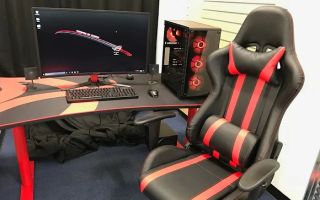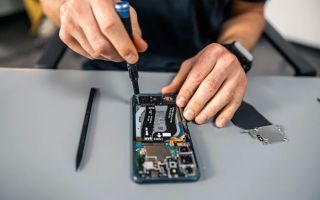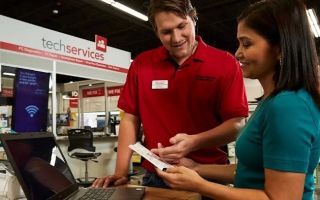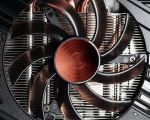How to Set CMOS Boot from USB: A Step-by-Step Guide
- What is CMOS and Why It Matters for Booting from USB
- How to Set CMOS to Boot from USB
- Common Issues When Booting from USB and How to Solve Them
- A Personal Experience with Setting CMOS Boot from USB
- Why You Should Consider Setting CMOS Boot from USB
What is CMOS and Why It Matters for Booting from USB
The CMOS (Complementary Metal-Oxide-Semiconductor) is an essential component in your computer's motherboard that stores system settings, including the boot sequence. It plays a critical role when configuring your PC to boot from different devices, such as a USB drive. By setting the CMOS to boot from a USB, you can easily install or troubleshoot your system using a bootable USB drive. Whether you’re installing a fresh operating system, using recovery tools, or running diagnostics, knowing how to set CMOS boot from USB is an invaluable skill for any computer user.
How to Set CMOS to Boot from USB
Setting your CMOS to boot from USB is a simple process, but it requires accessing the BIOS or UEFI firmware of your computer. Follow these steps to configure the boot order:
- Step 1: Insert the Bootable USB Drive: Before entering the BIOS, make sure your USB drive is plugged into one of your computer's USB ports. Ensure that the USB drive contains a bootable OS or diagnostic tool.
- Step 2: Enter the BIOS/UEFI: Turn on or restart your computer. As the computer boots, press the BIOS key (usually F2, F10, or DEL, depending on your computer's manufacturer) to enter the BIOS or UEFI settings.
- Step 3: Navigate to the Boot Menu: Once inside the BIOS/UEFI, use the arrow keys to navigate to the "Boot" or "Boot Options" menu.
- Step 4: Change Boot Order: Look for an option that lists the available devices, such as your hard drive, CD/DVD drive, and USB. Use the on-screen instructions to set the USB drive as the primary boot device. Typically, you can move devices up or down in the boot order using the + or - keys.
- Step 5: Save and Exit: After selecting the USB drive as the first boot device, save your changes (usually by pressing F10 or selecting "Save and Exit" from the menu). Your computer will restart and boot from the USB drive.
Common Issues When Booting from USB and How to Solve Them
Sometimes, booting from a USB drive can be problematic. Here are a few common issues and troubleshooting tips:
- USB Drive Not Detected: Ensure the USB drive is properly connected and is bootable. Try plugging it into a different USB port, preferably a USB 2.0 port if possible, as some systems may have trouble with USB 3.0 ports during boot.
- Boot Device Priority Not Saved: If the system reverts to booting from the hard drive, it could be due to improper saving of the BIOS settings. Double-check that you’ve saved the changes before exiting the BIOS/UEFI menu.
- Corrupted USB Drive: If the USB drive is not working, it could be corrupted. Try reformatting the drive and creating a new bootable drive using reliable software like Rufus or the Windows Media Creation Tool.
- Secure Boot Issues: Many modern systems have Secure Boot enabled by default, which may block non-signed bootable USB drives. Disable Secure Boot in the BIOS/UEFI settings if necessary.
A Personal Experience with Setting CMOS Boot from USB
When I needed to reinstall my operating system, I decided to boot from a USB drive. I followed the steps outlined above, entering the BIOS and adjusting the boot order. The process was straightforward, but I encountered a minor issue when my computer wouldn’t detect the USB drive. I quickly solved this by using a different USB port, and everything worked perfectly. After restarting, my computer booted from the USB drive, and I was able to install the OS without any issues. It was a simple fix, but it made a big difference in getting my system back up and running.
Why You Should Consider Setting CMOS Boot from USB
Setting your CMOS to boot from a USB is a useful tool for installing operating systems, troubleshooting, and recovering your PC. By following a few simple steps, you can ensure your computer boots from the USB drive of your choice. This skill is especially helpful for tech enthusiasts and those who want to customize their computer experience. If you're looking for more tips or need tools to create a bootable USB drive, visit Ninja Stik for more information and products to help streamline your tech experience.





























